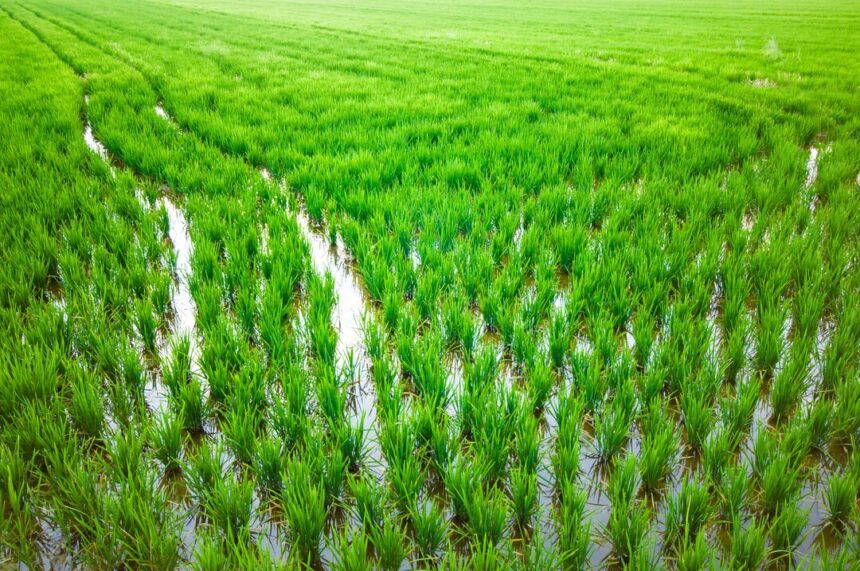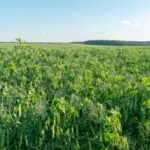Floods are a major challenge for South African farmers, often resulting in crop loss, soil erosion, and infrastructure damage. Proper flood management is crucial for minimizing these risks and ensuring farm sustainability. Below are ten common mistakes farmers make in flood management and how to avoid them.
1. Ignoring Early Warning Systems
Many farmers fail to monitor weather forecasts and flood alerts. South Africa’s meteorological services and local disaster management agencies provide timely updates on weather conditions. Ignoring these alerts can leave farmers unprepared for flooding, resulting in preventable losses. Farmers should regularly check forecasts and consider installing automated weather monitoring systems.
2. Poor Drainage Systems
Inadequate drainage systems are a leading cause of waterlogging and soil erosion during floods. Failing to invest in proper drainage infrastructure, such as contour drains or French drains, can exacerbate flood damage. Regular maintenance and cleaning of drains can help prevent blockages and ensure water flows away from fields effectively.
3. Overreliance on Traditional Farming Practices
Some farmers stick to outdated methods that do not account for modern flood management techniques. For instance, planting crops in low-lying areas without considering flood risks increases vulnerability. Farmers should adopt flood-resilient practices, such as planting flood-tolerant crops and employing conservation agriculture.
4. Neglecting Soil Health
Healthy soil with good organic matter content absorbs water more effectively, reducing surface runoff during heavy rains. Farmers who neglect soil health through over-cultivation or excessive chemical use are at greater risk of flood damage. Regular soil testing and the use of organic compost or cover crops can improve soil structure and water retention.
5. Lack of Proper Infrastructure Maintenance
Farm infrastructure such as irrigation systems, dams, and retaining walls can degrade over time. Failing to inspect and maintain these structures increases their likelihood of failure during floods. Regular checks and timely repairs are essential for reducing flood-related risks.
6. Failing to Plan for Emergency Water Diversion
Without a proper plan for water diversion, floodwaters can overwhelm farmlands. Farmers often underestimate the importance of creating designated flood channels or buffer zones to redirect excess water. Identifying natural watercourses and reinforcing them can significantly reduce flood damage.
7. Underestimating the Role of Vegetation
Clearing vegetation around farms for expansion or other purposes can lead to increased surface runoff. Vegetation acts as a natural barrier, slowing down water flow and reducing erosion. Planting buffer strips or maintaining riparian vegetation along water bodies can mitigate flood impacts.
8. Insufficient Insurance Coverage
Many South African farmers do not invest in comprehensive crop or infrastructure insurance. Without proper coverage, recovery from flood damage can be financially crippling. Farmers should consult with insurance providers to tailor policies that protect against flood-related risks.
9. Inadequate Community Collaboration
Flood management is not just an individual responsibility but a community effort. Farmers who fail to collaborate with neighboring farms, local authorities, and community groups often face greater challenges during floods. Sharing resources, knowledge, and early warnings can strengthen collective flood preparedness.
10. Overlooking Post-Flood Recovery Plans
Many farmers focus solely on preventing floods without considering how to recover afterward. Delayed action in restoring soil health, repairing infrastructure, and replanting can lead to prolonged losses. Developing a comprehensive post-flood recovery plan ensures quick restoration of farm operations.
Flood management requires proactive planning, regular maintenance, and community cooperation. By avoiding these common mistakes, South African farmers can better protect their land, crops, and livelihoods from the devastating impacts of floods. Adopting modern techniques and collaborating with local authorities will further strengthen resilience against future flooding events.
Join 'Farmers Mag' WhatsApp Channel
Get the latest Farming news and tips delivered straight to your WhatsApp
CLICK HERE TO JOIN






